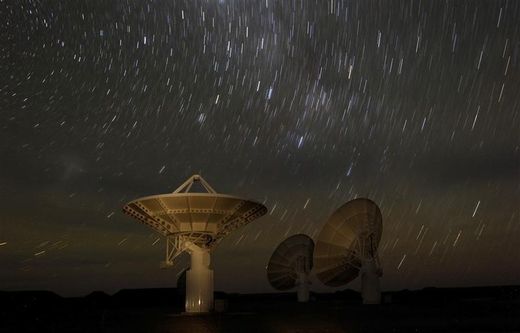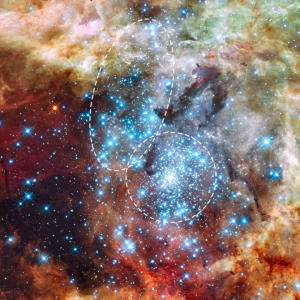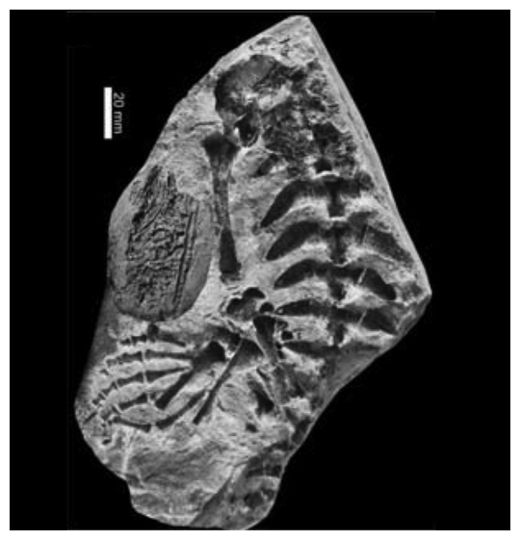
© Tiplyashin Anatoly / Shutterstock
New analysis reveals that some men may be asking for more than their fair share when they visit their local lady of ill repute.
In addition to the usual quickie, these men are looking for love, and in all the wrong places. In fact, these men are so ready to find their soul mates that they're willing to put their money on the line, just so long as they get their "just desserts" first.
Going deep undercover and on assignment,
Christine Milrod and Ronald Weitzer took to the virtual streets, analyzing the goings on in an online forum board where sex workers are rated for their abilities, an extra-adult hot-or-not if you will.
Using the aliases "Weinenrubber" and "Milrod," the two analyzed more than 2,400 postings on the adult forum board and found something rather interesting. Somewhere in between conversations about "Best Back Alleys for Two Backs," and "Is That Syrup?" an interesting trend began to emerge. According to their super-sexy findings, nearly one-third of these conversations included talk about actual, true emotional intimacy between a man and his "Hired Hand."
In fact, many of these men were so head over heels for their ladies-in-heat that they expressed a real desire to turn them into proper domestic house-kittens, sharing their innermost thoughts and a lovely serving of ice cream at the end of the day.
According to "Milrod," these studies only confirm what other "experts" have been noticing in recent years: Relationships between
sex workers and their conglomerate of bosses have slowly morphed into a multi-headed beast, one which goes on dates and calls one another for rides to and from the airport.
If a man and his whore continue to engage in this sort of casual sex, the two may eventually form a very real love story, one which they will never share with their parents, resulting children and anyone over the age of 30.




